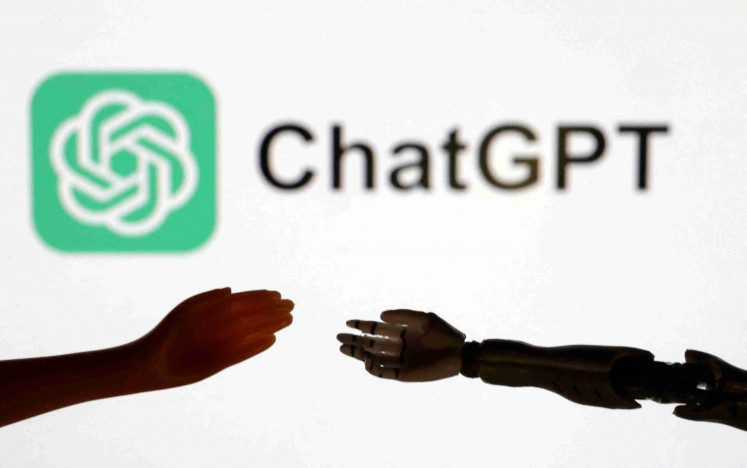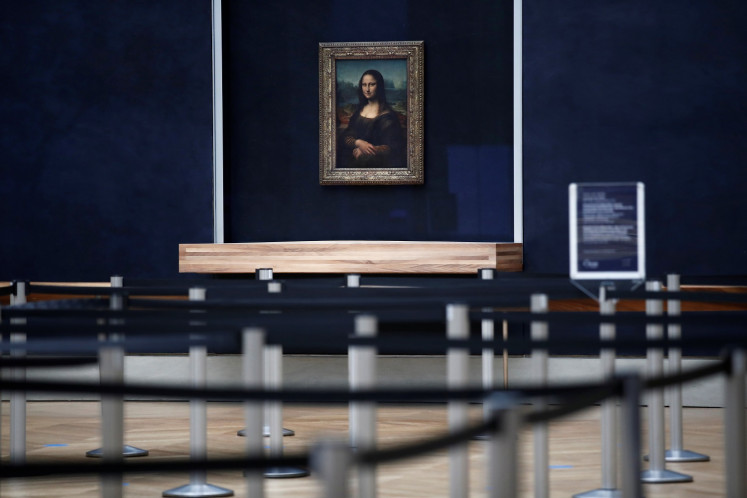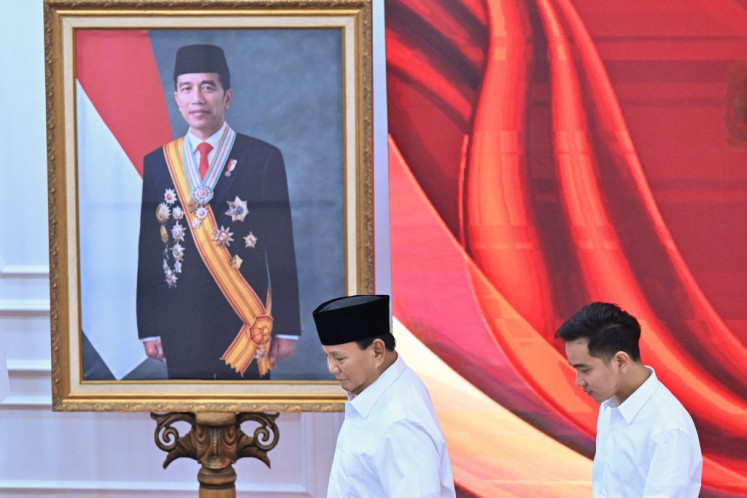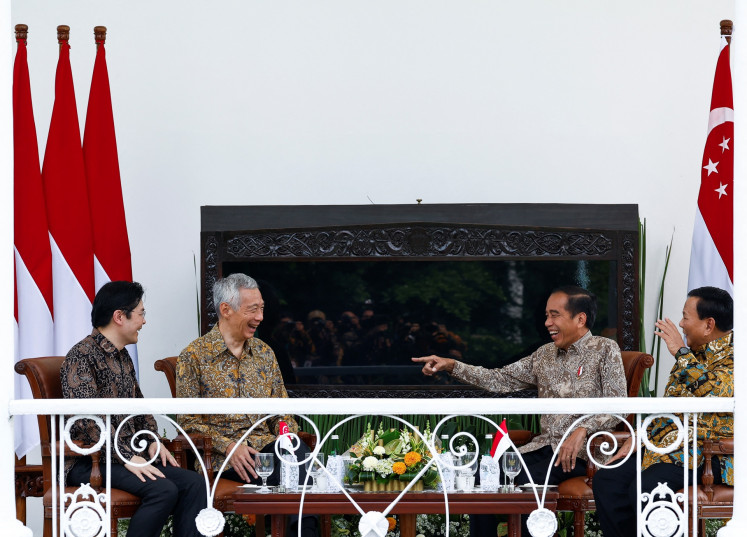In China, Go players rise to the challenge
Game of strategy making a comeback.
Change Size
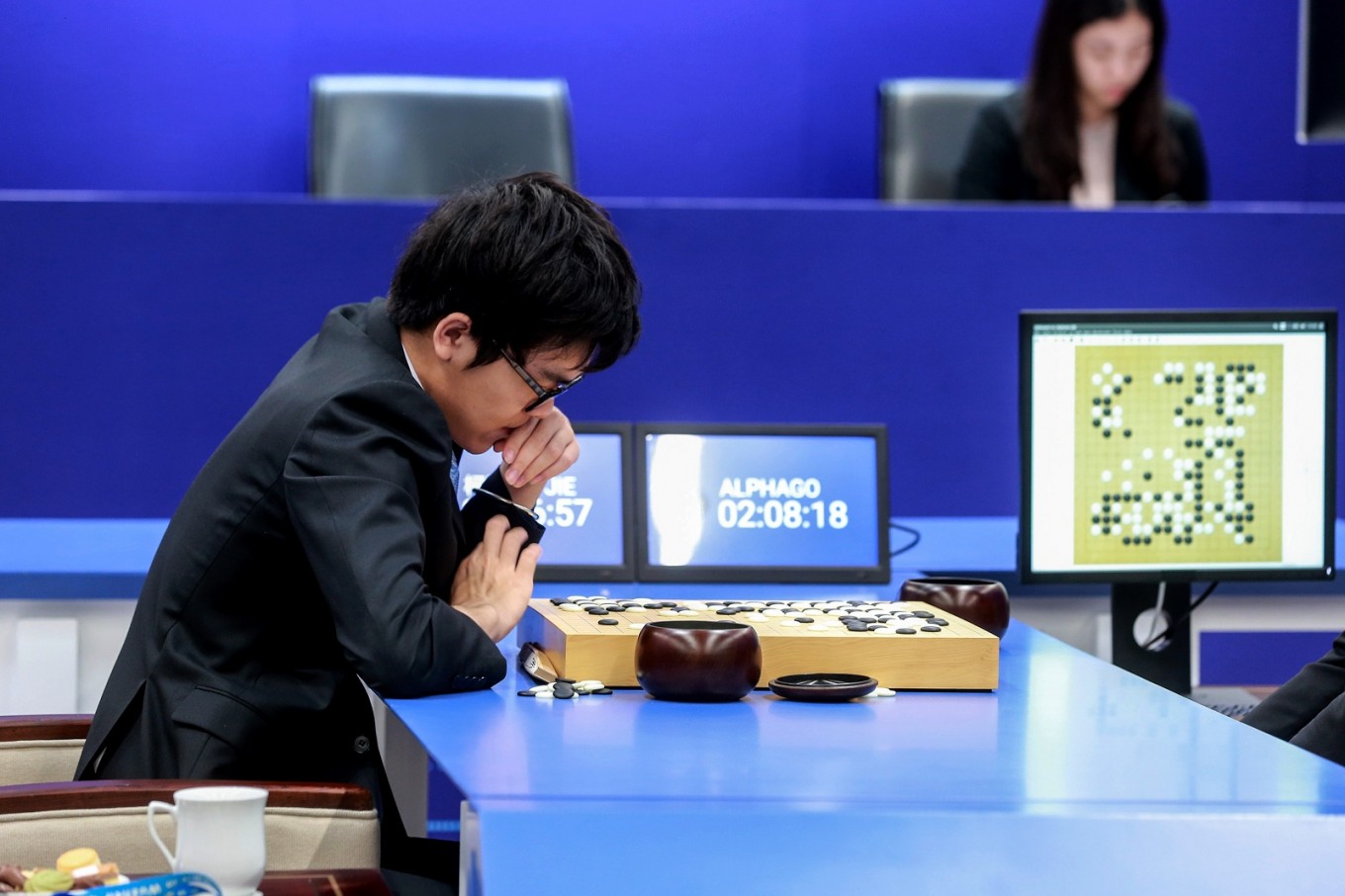 China's 19-year-old Go player Ke Jie prepares to make a move during the second match against Google's artificial intelligence program AlphaGo in Wuzhen, eastern China's Zhejiang province on May 25, 2017. (AFP/File)
China's 19-year-old Go player Ke Jie prepares to make a move during the second match against Google's artificial intelligence program AlphaGo in Wuzhen, eastern China's Zhejiang province on May 25, 2017. (AFP/File)
D
uring her preschool and kindergarten years, Zhu Ruitian, like most of her peers in Chinese cities and towns, took extracurricular classes to learn English, piano, fencing and the abstract strategic board game Go.
But since she began elementary school two years ago, the second-grader has had less time and interest in taking so many classes.
In addition to taking extracurricular lessons in English, which is considered a must-have language to remain competitive among her peers, Go is now the only other activity the 8-year-old devotes her spare time to.
The ancient board game was chosen in preference to piano and fencing because Zhu’s mother, surnamed Chen, believes it can stimulate the mind and help develop her daughter’s reasoning ability.
“Of course, above all, it is because Ruitian loves it,” Chen said.
“I think that compared with other hobbies, it is more engaging as it requires two people to play, which is good for an only child like Ruitian. Moreover, the internet allows her to play anytime and anywhere, which is quite a blessing.”
Go, known as weiqi in Chinese, involves black or white stones being placed in an attempt to outmanoeuvre and surround the other player’s pieces. Despite having relatively simple rules, it is a complex game.
For more than two millennia, Go was considered one of the “four accomplishments”, along with the guqin-a stringed musical instrument-calligraphy and painting, that had to be mastered by Chinese men since the time of Confucius (around 500 BC). The game’s popularity later declined during the “cultural revolution” (1966-76) when it was considered an “archaic intellectual pursuit”.
However, it has been making a comeback, with observers pointing out that the market for “Go education” has boomed as parents increasingly realise the benefits of the game.
Wang Jianhong, a professional player who founded China’s first Go club in 1997, said the education industry related to the game started to take off in about 2003.
“At the time, there were not as many extracurricular programmes as there are now. As a result, Go, a traditional Chinese game that had always been known to be beneficial in developing the mind, was among the top choices for most parents,” he said.
Wang Xiuqiao, from the Qingdao Go Club in Shandong province, offered a similar observation.
“Go would appear to be an obvious extracurricular option for children because their parents, who grew up admiring Nie Weiping, are probably fans of the game themselves,” he said.
Nie has been largely credited for kick-starting the game’s revival in China in the 1980s after his triumph at the inaugural World Amateur Go Championship in 1979.
He went on to lead China to victory for two consecutive years in the China-Japan Supermatches, beating several top Japanese players including his teacher, Fujisawa Hideyuki. Nie even earned the nickname “Steel Goalkeeper” for his prowess in chalking up wins despite being the only Chinese player left in the tournament.
His achievements in Go have been compared with the Chinese women’s national volleyball team that won five consecutive world championships in the 1980s.
During that decade, the popularity of Go rose to new heights as many younger people started to learn to play the game.
Read also: Girl to be recognized as youngest professional Go player in Japan
Clubs, academies and tournaments devoted to the game mushroomed across the country to meet the growing demand. The demand for classes continued to grow in the new millennium when middle-class families became wealthier and started to prioritise their children’s education.
Founded in 1999, the Nie Weiping Go Academy has more than 5,000 students enrolled in its 25 divisions nationwide. The academy, which has produced 23 international and national Go champions, including the world’s top-ranking professional Ke Jie, organises the Go Premier League for men and women.
According to the China Go Institute, the number of players in the country has risen from 25 million in 2009 to 40 million. Statistics from the institute, which organises the certification test for players, also show there has been a 30 per cent annual rise in the number of dans, the master rank in Go, issued since 2015.
Wang estimated that in 2017 at least 100,000 professional teachers from more than 200,000 facilities in China were offering Go training.
Role of the internet
According to Nie, the internet has played a key role in Go’s revival, as it not only allows players to pit their wits against one another, but is a vital platform for them to learn and discuss the game.
Nie said: “Ke Jie is a representative of the new generation who have benefited from online participation. Even today, he plays nearly 100 games online every year.”
BestGo, a training institute in Shanghai targeting preschool and school-age students, is among those that have sought to capitalise on the benefits the internet offers for Go education. Founded in 2011, it has more than 4,000 students enrolled in over 20 branches across cities in the Yangtze Delta region.
Shen Yao, the founder of BestGo, said each student has an account on a server that allows them to perform a question-based exercise or take part in a game with another player. The server automatically pits players with similar levels of skill against each other.
“In the past, players would have been very lucky to find such opponents. But the internet has allowed such matches to take place at almost any time,” said Shen, adding that there has been a significant rise in interest among parents in enrolling their children for Go training.
He also said the internet has transformed Go from being a relatively reclusive hobby to a public sport.
Read also: Google's AlphaGo retires on top after humbling world No. 1
“Go has traditionally been considered a part of self-cultivation, and one’s skill at the game is not usually flaunted in public. The internet has highlighted how competitive the game is and how it can engage the public,” he said.
One example of how the game has become a public spectacle is the Google DeepMind Challenge Match in 2016 between Republic of Korea player Lee Sedol and the computer programme AlphaGo. The match was viewed by more than 200 million people. Alpha Go won the five-game contest 4-1.
Challenges to tackle
But although the game’s profile has grown significantly, insiders said the Go industry is still at a nascent stage.
One of the key challenges it has faced over the past decade is the lack of qualified teachers-it wasn’t until 2016 that Go was offered as a major in universities nationwide. As a result, many academies today still hire players to become teachers.
But Shen said this is not a viable approach. “You cannot rely on a professional player to offer systematic education for young beginners. Professionals normally don’t have the time or patience for the task. Teaching Go requires not only the skills, but more important, the ability to communicate with young children. It’s hard to find people who are qualified to do both,” he said.
In view of this, BestGo recruits fresh graduates from universities before training them for the job.
To ensure the industry continues to experience steady growth, Shen said there must be a greater level of standardisation in terms of teaching methods and practices, otherwise inconsistencies might deter students from learning the game beyond the introductory stages.
“Go is easy to pick up but it takes years to master. It usually takes at least two years for a beginner to become an enthusiast who relishes the joy of the thinking critically when playing the game,” Shen said.
“But many students quit before they reach that stage, partly because Go, much like music or painting, is not compulsory for their extracurricular education.”
“Based on our observations, only those who have achieved amateur-level playing skills will go on to play the game for the rest of their lives,” he added.
“This is why we’re now trying our best to improve a student’s skill level before he or she becomes a second-grader, which is around the time most students have to choose to stay with the game or quit.”
Despite the challenges, insiders are optimistic about Go’s development.
Lin Jianchao, chairman of the Chinese Go Association, has said on many occasions that the game in the country has reached “another historic peak”.
Leading educational institutions have also jumped on the bandwagon. In recent years, Tsinghua, Peking and Fudan universities have offered preferential policies to recruit skilled Go players.
Shen believes the popularity of Go will continue to rise because of the nature of the game.
“I always compare Go to a marathon-it is challenging, but once you come to appreciate its charm, you’ll be addicted,” he said.
Chen, Zhu Ruitian’s mother, can attest to this, too. She said her daughter has never complained during the three years she has taken Go classes.
“These days, she voluntarily plays the game as a welcome break from her school work. It is as if Go has a magical appeal to her, and that is great news,” Chen said.




